TLDR
Installing a septic tank usually takes 3 to 7 days once permits and site prep are complete. The full process, including approvals and inspections, can stretch into several weeks depending on soil conditions, system size, and local regulations.
Why Septic Tank Installation Time Matters
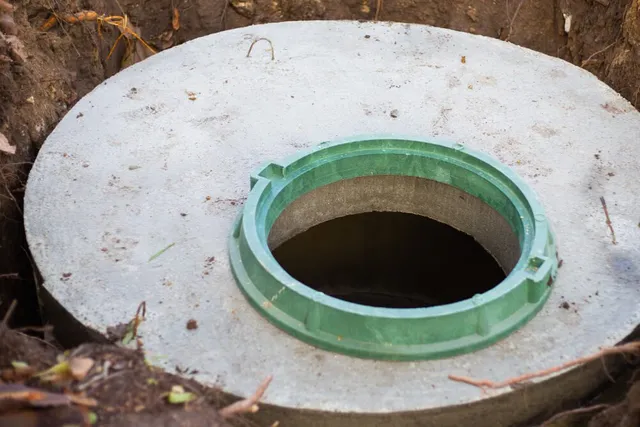
When you plan a septic system, time is more than a number. It impacts cost, household disruption, and when you can return to normal use of your property. At Sewer Solutions, we know delays can be stressful, so understanding the full timeline helps you set realistic expectations.
Factors That Affect Septic Tank Installation Time
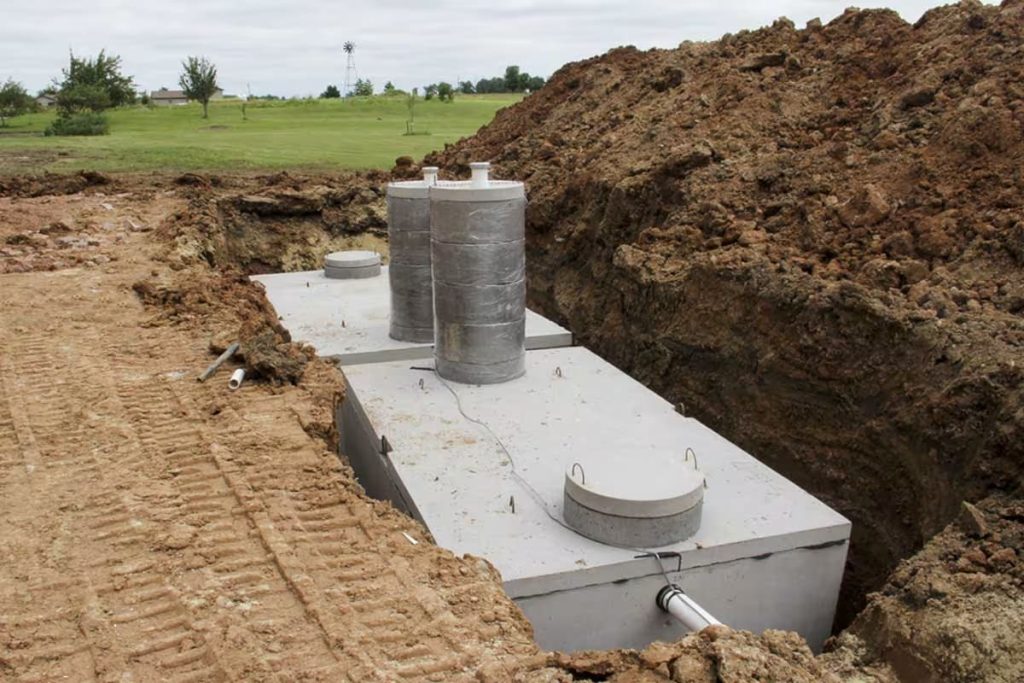
Several elements influence how long the process takes.
- Permitting and approvals: Local health departments and parishes in Louisiana often require applications, soil tests, and engineer designs. Approvals can take a few days or several weeks.
- Soil type and site prep: Rocky ground, heavy clay, or high water tables take longer to prepare compared to sandy or loamy soils.
- Tank size and material: Larger systems for big households require longer excavation and handling. Concrete tanks take more time to set compared to plastic or fiberglass.
- Weather conditions: Heavy rain halts excavation. Frozen ground in winter can extend the project.
- Access to property: Rural properties without road access need more time for moving equipment and materials.
Sewer Solutions often advises customers in Louisiana that clay-heavy soil and water table issues are the most common reasons installations stretch beyond a week.
Typical Timeline for Septic Tank Installation
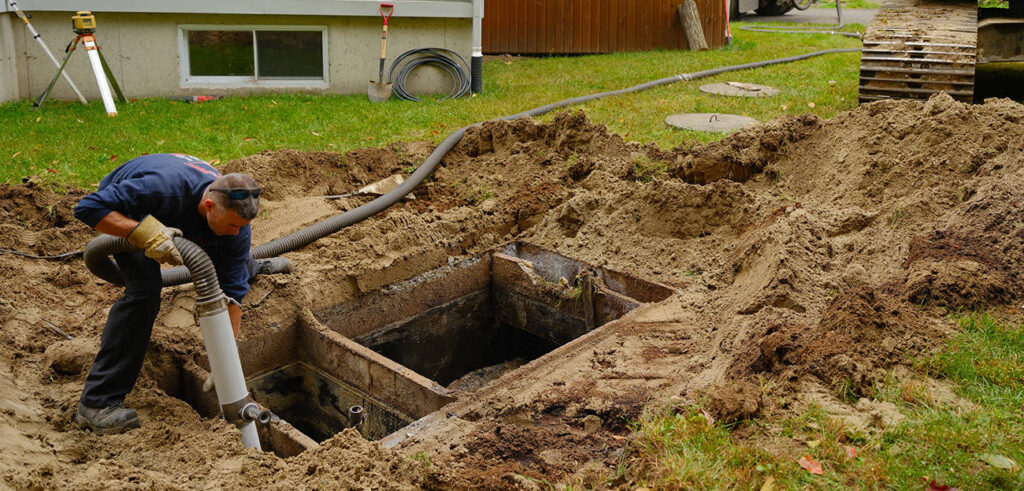
A clear day-by-day breakdown helps homeowners see what happens and when.
- Day 1–2: Site evaluation, excavation, trenching, and preparing the layout.
- Day 3–4: Tank delivery, placement, piping, and backfill.
- Day 5–7: Final inspections, water tests, and activating the system.
If inspections or soil conditions create issues, the project can extend beyond this standard schedule. In fact, many homeowners also ask about septic tank inspection without pumping, since this can determine whether the system is functioning correctly before new installation or repairs begin.
Permits and Inspections in Louisiana
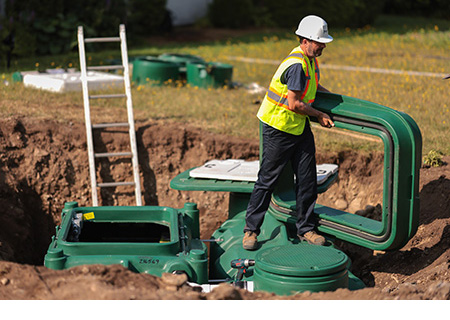
Louisiana has strict requirements for septic tank installations.
- Permits: An application to the parish or county health department is mandatory. Approval often takes 1 to 3 weeks.
- Soil evaluation: A percolation test and engineered design are usually required. These tests measure soil absorption and determine the right type of system.
- Inspections: Local inspectors check the tank after placement and again after system activation. Depending on scheduling, this can add several days.
Sewer Solutions helps clients in Louisiana manage paperwork early to prevent long waiting times.
DIY vs Hiring a Professional Installer
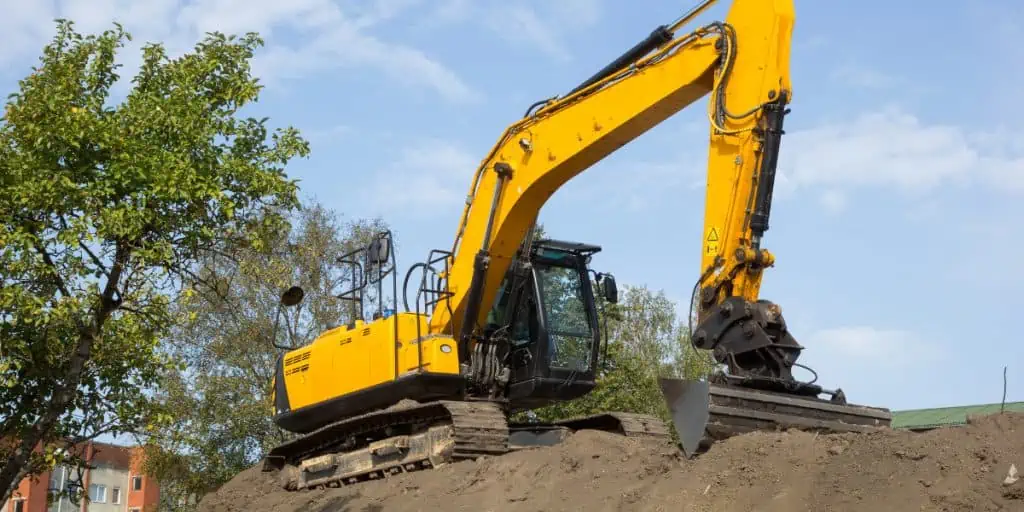
Some property owners consider doing the work themselves, but the time difference is significant.
- DIY installation: Without professional equipment, excavation and placement can take weeks. Mistakes often result in failed inspections or system malfunctions.
- Professional installation: Licensed contractors like Sewer Solutions complete most projects in less than a week after permits clear. Professionals understand soil issues, have proper machinery, and handle inspections smoothly.
Delays are more common with DIY work, while hiring an installer shortens the process and ensures compliance.
Cost vs Time: How They Connect
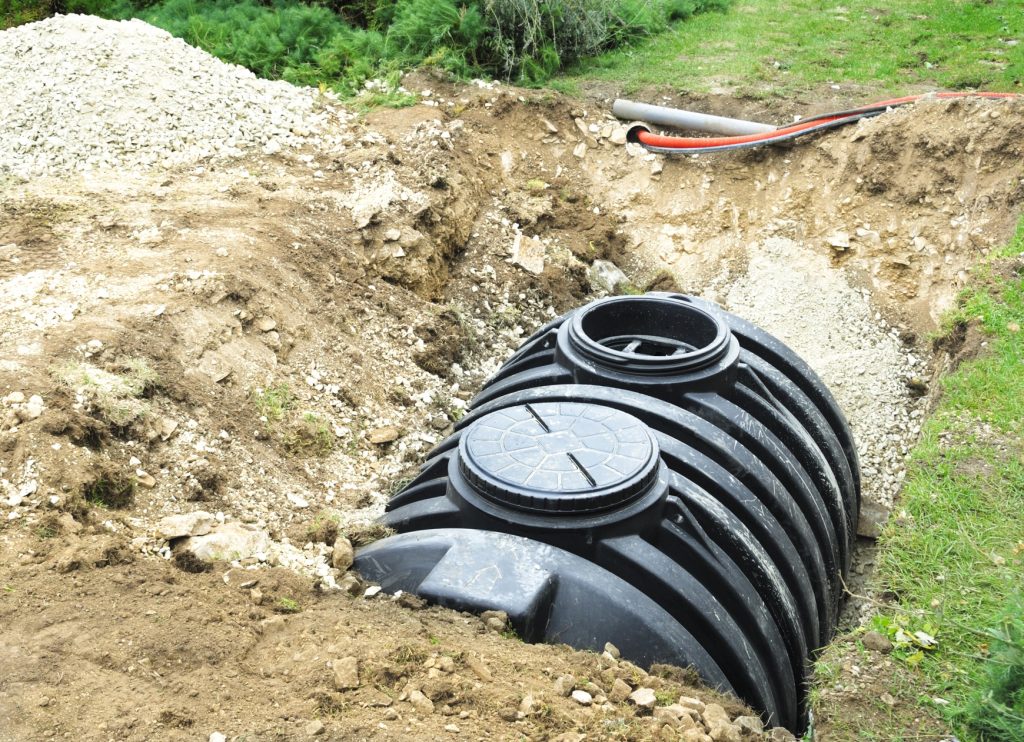
Time and cost in septic work are linked.
- Larger systems: Bigger tanks mean more excavation hours and labor.
- Material choice: Concrete tanks last longer but require more time to install compared to lightweight options.
- Delays add cost: Every extra day means equipment rental and labor charges increase.
- Louisiana averages: Installation often ranges from $5,000 to $12,000. A faster, smoother job keeps costs closer to the lower end. If you’re budgeting for a new system, it’s important to understand not just the timeline but also the septic tank installation cost, since both factors go hand in hand.
Planning for both time and budget is essential when installing a new system.
Common Delays Homeowners Face
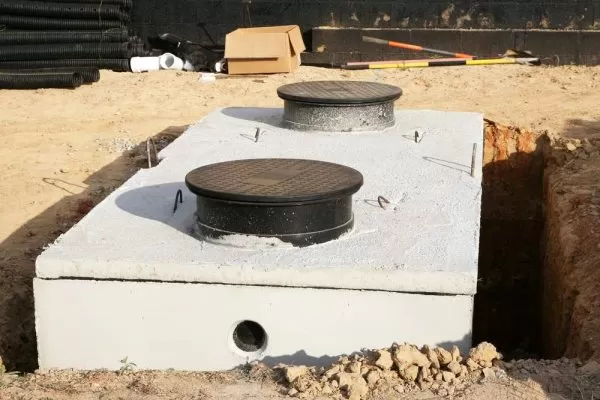
Unexpected issues extend installation time.
- Weather: Rain or flooding makes trenches unsafe to work in.
- Backordered materials: Tank deliveries sometimes delay projects by a week or more.
- Failed soil percolation tests: Poor absorption means redesigning the system or adding alternative treatments.
- Permit issues: Incomplete paperwork leads to repeat submissions and lost time.
Sewer Solutions prepares clients for these risks and works to prevent them with early planning.
Tips to Speed Up Your Septic Tank Installation
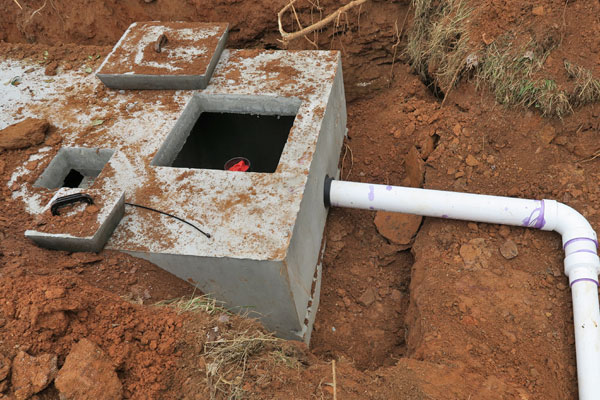
A few proactive steps keep the process on track.
- Submit permit paperwork as soon as possible.
- Schedule contractors before busy seasons.
- Choose a tank size and material suitable for your property to avoid overcomplication.
- Arrange alternative water use in case of delays.
These steps ensure you avoid waiting longer than necessary.
FAQs on Septic Tank Installation Time
Can a septic tank be installed in one day?
Rarely. Even small systems require excavation, placement, and inspection. One-day installs are unusual and only possible with light soils, small tanks, and fast approvals.
Does weather affect installation time?
Yes. Rain and flooding stop excavation. Frozen ground adds difficulty. Projects are fastest in dry seasons.
What happens if my soil test fails?
An engineer will redesign the system, often requiring advanced treatments or larger fields. This adds weeks to the process.
How long before I can use my septic system after installation?
In most cases, you can use it within 24 hours of passing final inspection.
Final Thoughts on Septic Tank Installation Time

Installing a septic tank is not instant. The active work takes 3 to 7 days, but permits, soil testing, and inspections can extend the full process into several weeks. Weather, soil type, and system design all influence the schedule.
Sewer Solutions helps homeowners in Louisiana plan ahead, avoid delays, and keep installations efficient. By understanding the process and preparing early, you save both time and money while ensuring your system works properly for years.